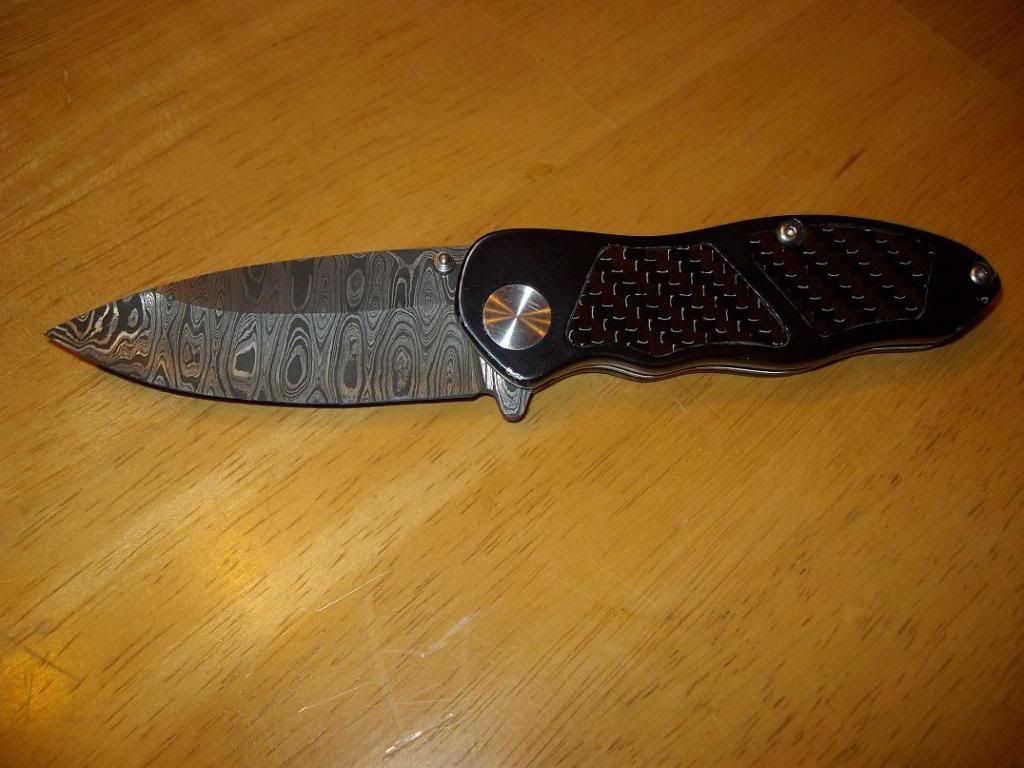J S Machine
Well-Known Member
Thanks guys. I read the brochure they gave me with it and it said exactly what you all said. I just didn't understand exactly what it was saying. Thanks for clarifying.
I've already got a Blade for my EDC folder ready for heat treat and another couple of small blades in the works for my first slip joints.
I've already got a Blade for my EDC folder ready for heat treat and another couple of small blades in the works for my first slip joints.
Last edited:

